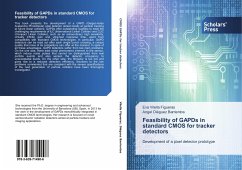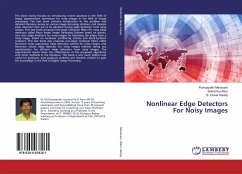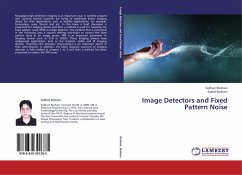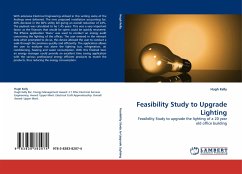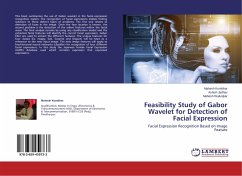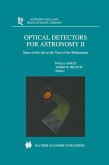This book presents the development of a GAPD (Geiger-mode Avalanche PhotoDiode) pixel detector aimed mostly at particle tracking at future linear colliders. GAPDs offer outstanding qualities to meet the challenging requirements of ILC (International Linear Collider) and CLIC (Compact LInear Collider), such as an extraordinary high sensitivity, virtually infinite gain and ultra-fast response time, apart from compatibility with standard CMOS technologies. In particular, GAPD detectors can be read out after each single bunch crossing, a unique quality that none of its competitors can offer at the moment. In spite of all these advantages, GAPD detectors suffer from two main problems. On the one side, there exist noise phenomena inherent to the sensor, which induce noise pulses that cannot be distinguished from real particle events and also worsen the detector occupancy to unacceptable levels. On the other side, the fill-factor is too low and gives rise to a reduced detection efficiency. Solutions to the two problems commented that are compliant with the severe specifications of the next generation of particle colliders have been thoroughly investigated.
Bitte wählen Sie Ihr Anliegen aus.
Rechnungen
Retourenschein anfordern
Bestellstatus
Storno

